What are we Hunting
(Starting August 27 Until February 2018) Roe Deer
Roe Deer
Male: 15 May to 15 October
Female: September 1 - February 15
The European roe deer (Capreolus capreolus), also known as the western roe deer, chevreuil, or simply roe deer, is an Eurasian species of deer. The male of the species is sometimes referred to as a roebuck. The roe deer is relatively small, reddish and grey-brown, and well-adapted to cold environments.
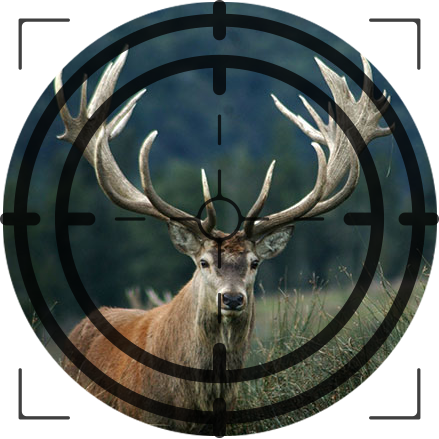 Red Deer
Red Deer
Male Trophy: September 10 - November 15
Male selection: September 1 - November 15
Female and calf: September 1 - February 15
The red deer (Cervus elaphus) is one of the largest deer species. The red deer inhabits most of Europe, the Caucasus Mountainsregion, Asia Minor, Iran, parts of western Asia, and central Asia. It also inhabits the Atlas Mountains region between Morocco and Tunisiain northwestern Africa, being the only species of deer to inhabit Africa.
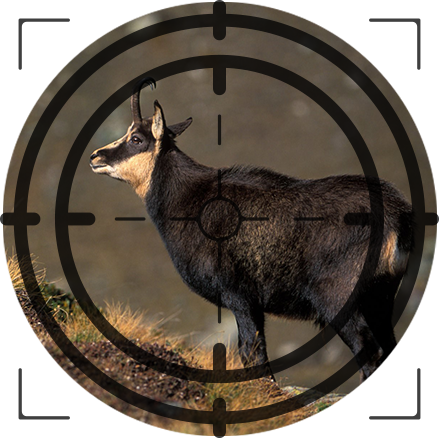 Chamois
Chamois
September 15 - December 15
The chamois (Rupicapra rupicapra) is a species of goat-antelope native to mountains in Europe, including the European Alps, the Pyrenees, the Carpathians, the Tatra Mountains, the Balkans, parts of Turkey, the Caucasus, and the Apennines.
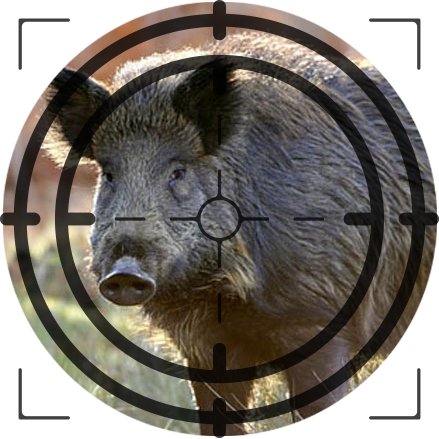 Wild boar
Wild boar
August 1 - February 15
The wild boar (Sus scrofa), also known as the wild swine or Eurasian wild pig, is a suidnative to much of Eurasia, North Africa, and the Greater Sunda Islands. Human intervention has spread its range further, making the species one of the widest-ranging mammals in the world, as well as the most widely spread suiform.
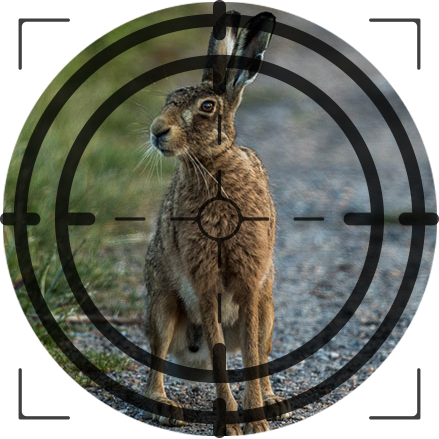 Hare
Hare
November 1 - January 31
Hares and jackrabbits are leporids belonging to the genus Lepus. Hares are classified into the same family as rabbits. They are similar in size and form to rabbits and eat the same diet.
 Fox
Fox
All year
Foxes are small-to-medium-sized, omnivorousmammals belonging to several genera of the family Canidae. Foxes are slightly smaller than a medium-size domestic dog, with a flattened skull, upright triangular ears, a pointed, slightly upturned snout, and a long bushy tail (or brush).
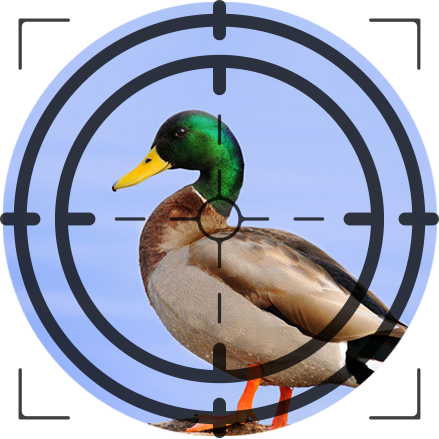 Ducks
Ducks
September 1 - February 28
The male birds (drakes) have a glossy green head and are grey on wings and belly, while the females (hens or ducks) have mainly brown-speckled plumage. Both sexes have an area of white-bordered black speculum feathers which commonly also include iridescent blue feathers especially among males.
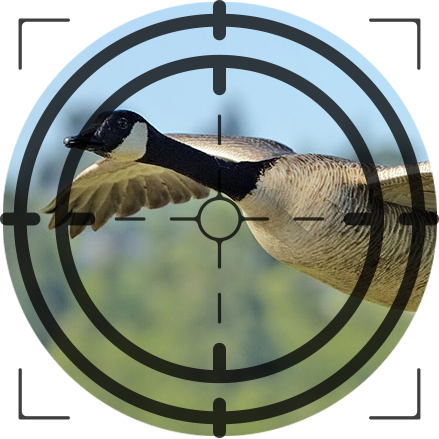 Goose
Goose
September 1 - February 28
Geese are waterfowl belonging to the tribe Anserini of the family Anatidae. This tribe comprises the genera Anser (the grey geese), Branta (the black geese) and Chen (the white geese). Some other birds, mostly related to the shelducks, have "goose" as part of their names.
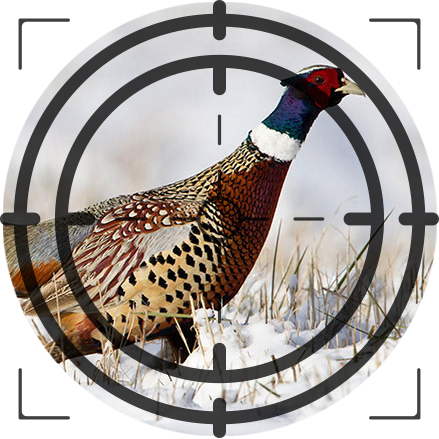 Pheasant
Pheasant
October 1 - February 28
Pheasants are birds of several genera within the subfamily Phasianinae, of the family Phasianidae in the order Galliformes. The family's native range is restricted to Asia. Pheasants are characterised by strong sexual dimorphism, males being highly decorated with bright colors and adornments such as wattles.
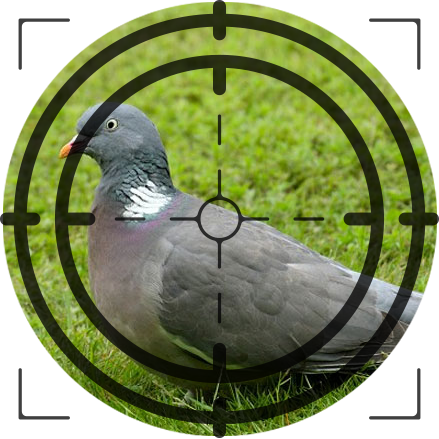 Wood pigeon
Wood pigeon
August 15 - February 28
Wood pigeon (Columba palumbus) is a large species in the dove and pigeon family. It belongs to the Columba genus and, like all pigeons and doves, belongs to the family Columbidae. It is locally known in southeast England as the "culver"; This name has given rise to several areas known for keeping pigeons to be named after it, such as Culver Down.
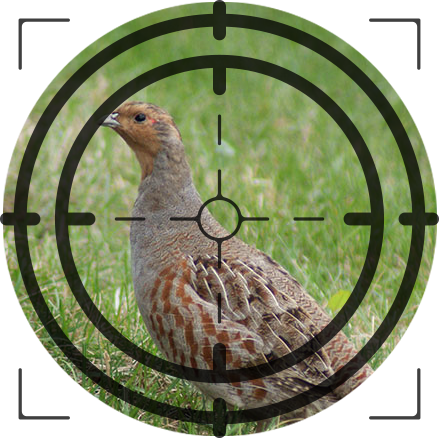 Partridge
Partridge
September 15 - December 31
The grey partridge (Perdix perdix), also known as the English partridge, Romania partridge, or hun, is a gamebird in the pheasant family Phasianidae of the order Galliformes, gallinaceous birds. The scientific name is the Latin for "partridge", and is itself derived from Ancient Greek perdix.
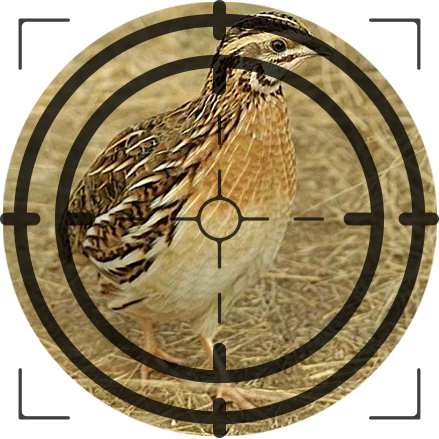 Quail
Quail
August 15 - December 31
Quail is a collective name for several genera of mid-sized birds generally placed in the order Galliformes.The species of buttonquail are named for their superficial resemblance to quail, and form the familyTurnicidae in the order Charadriiformes.
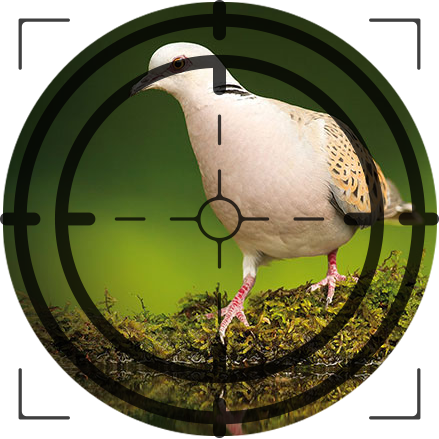 Doves
Doves
August 15 - February 28
The turtle dove is a migratory species with a southern Palearctic range covering most of Europe and the Middle East and including Turkey and north Africa, although it is rare in northern Scandinavia and Russia. It winters in southern Africa.
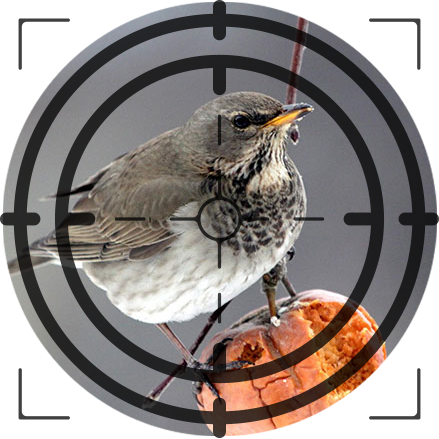 Mistle Thrush
Mistle Thrush
September 1 - February 28
The mistle thrush (Turdus viscivorus) is a bird common to much of Europe, Asia and North Africa. It is a year-round resident in much of its range, but northern and eastern populations migrate south for the winter, often in small flocks.
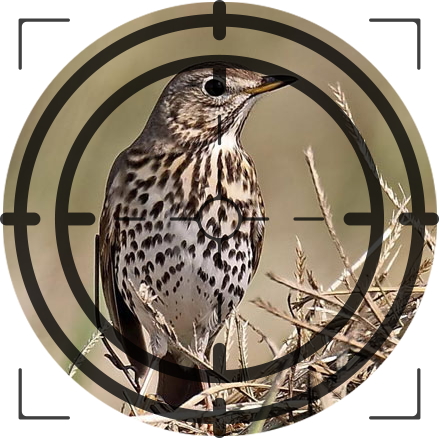 Song Thrush
Song Thrush
September 1 - February 28
The song thrush (Turdus philomelos) is a thrush that breeds across much of Eurasia. It has brown upperparts and black-spotted cream or buff underparts and has three recognised subspecies. Its distinctive song, which has repeated musical phrases, has frequently been referred to in poetry.
 Skylark
Skylark
September 15 - November 15
The Eurasian skylark (Alauda arvensis) is a small passerine bird species. It is a wide-spread species found across Europe and Asia with introduced populations in many other parts of the world. The genus name is from the Latinalauda, "lark". Pliny thought the word was originally of Celtic origin. The specific arvensisis also Latin, and means "of the field".



 voilahotels.ro
voilahotels.ro